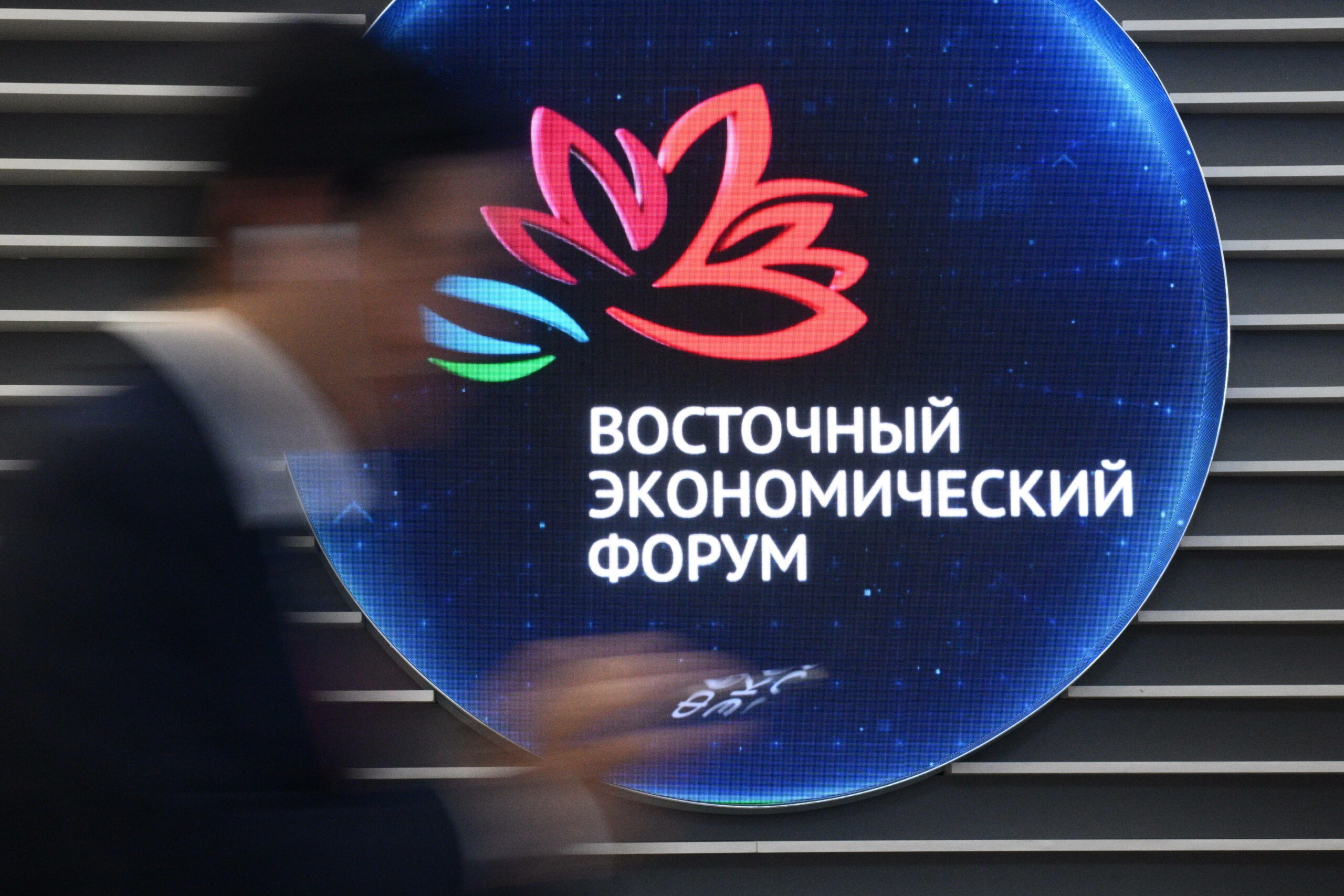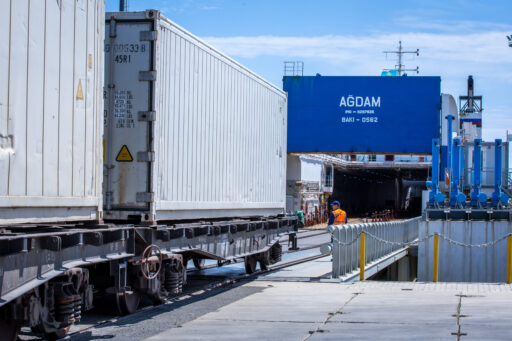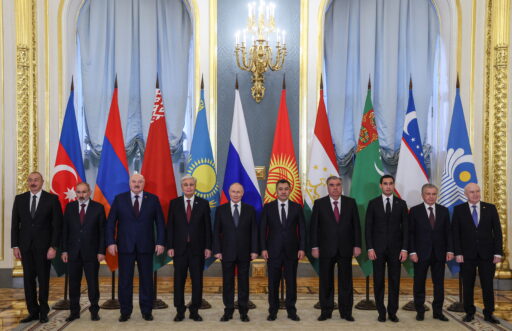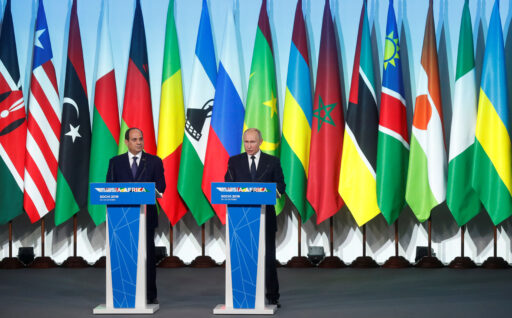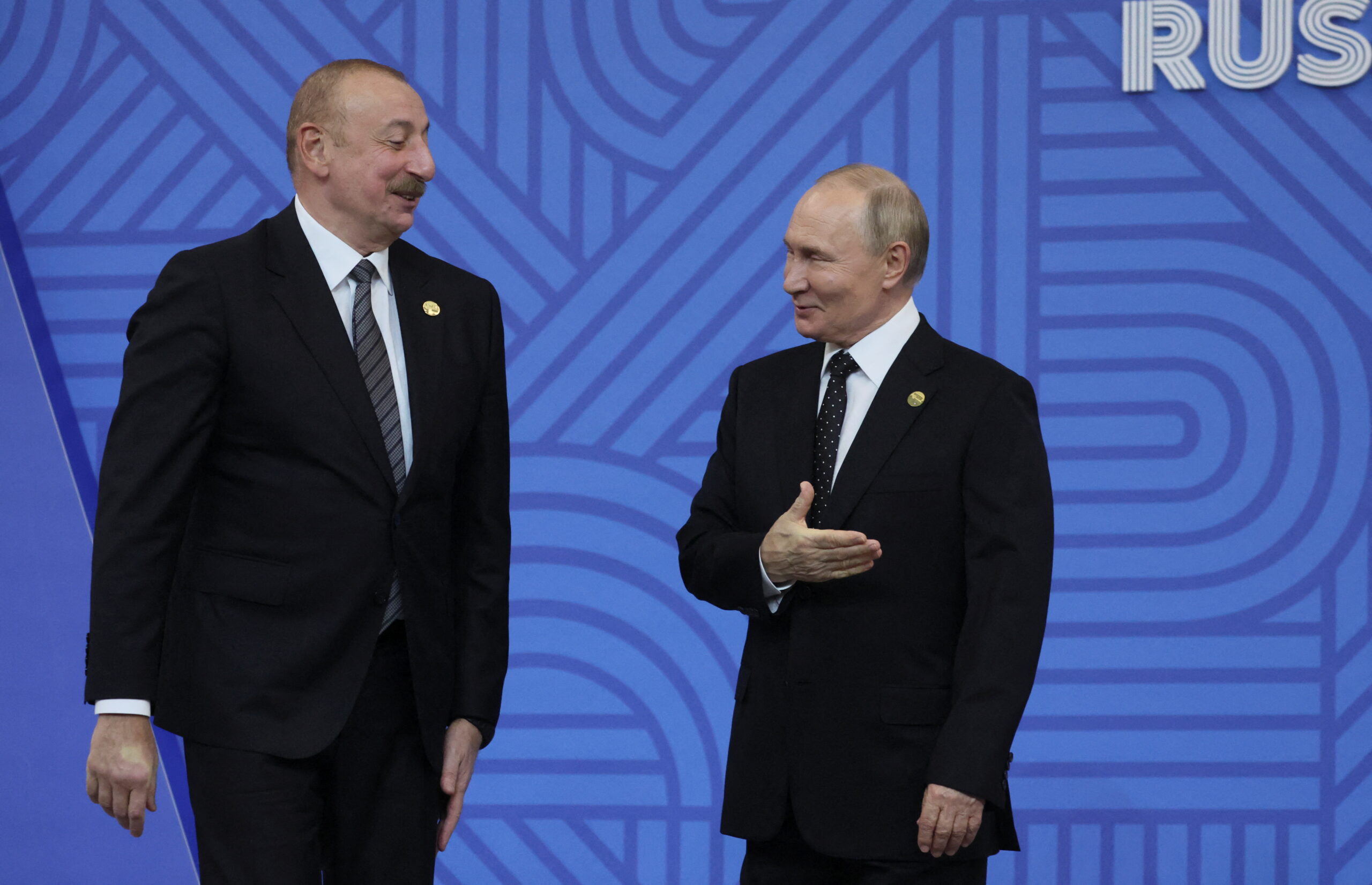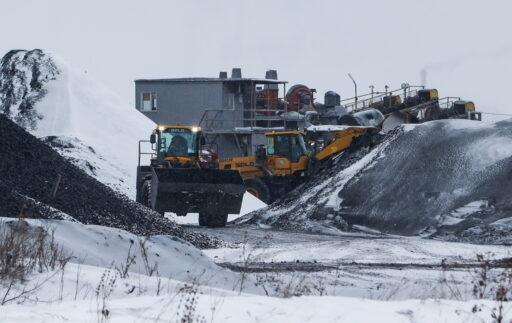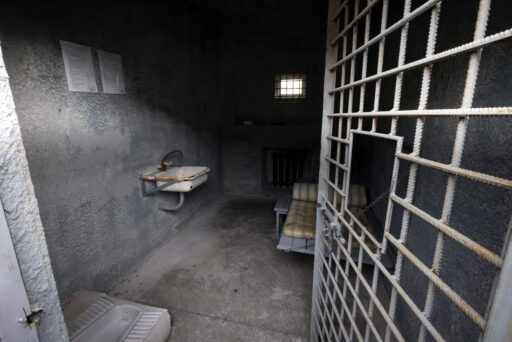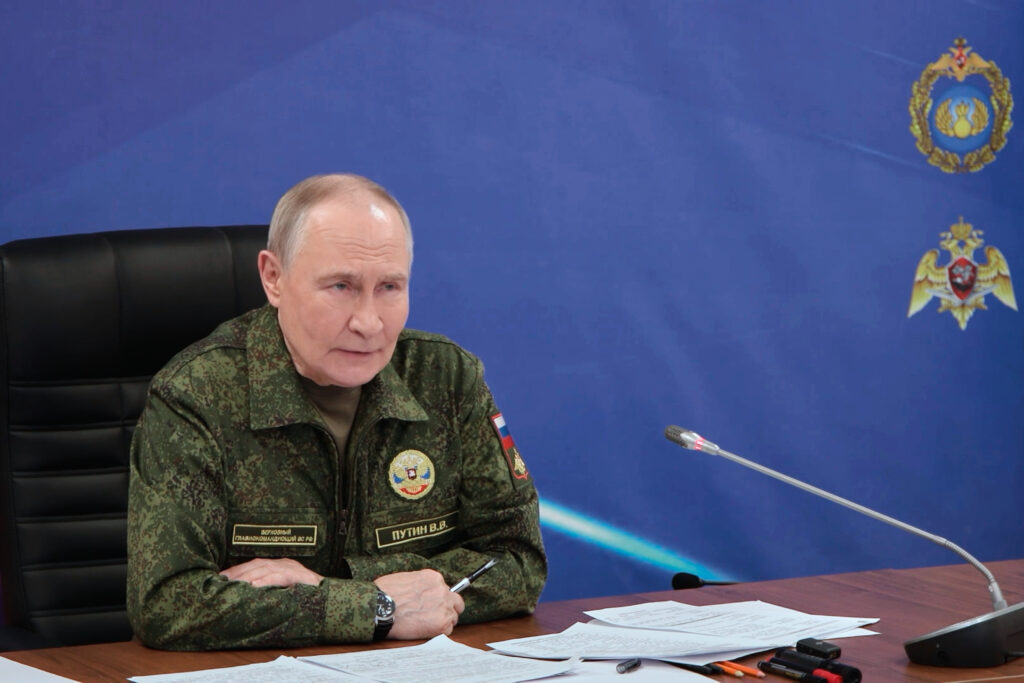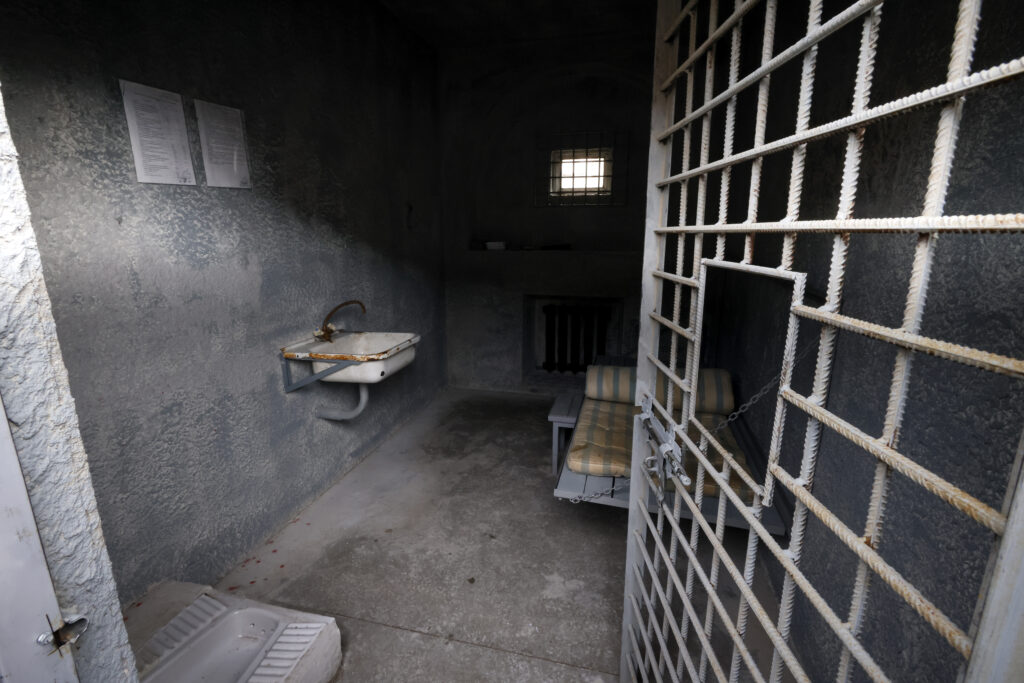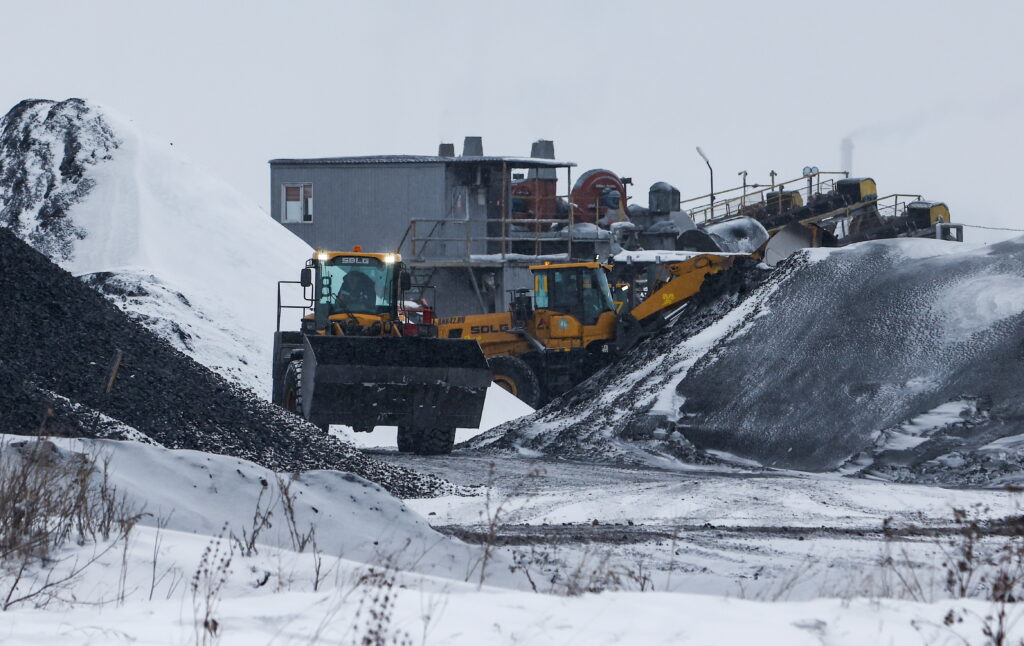September’s Eastern Economic Forum in Vladivostok saw Vladimir Putin making a speech praising his government’s plans to develop Russia’s Far East. Preceded by Putin’s promotional tour of the Far Eastern regions and Mongolia, the Forum’s message was supposed to highlight Russia’s pivot to Asian markets, a consequence of the war in Ukraine and the loss of European export markets. Indeed, as Putin highlighted, the rate of investments in the Far Eastern Federal District grew twice as quickly as in Russia on average in 2023 (albeit from a very low base). 72% of Russia’s exports in 2023 went to Asia, and this proportion will grow further in 2024. New border crossings have been opened or expanded since 2022 between Nizhneleninskoe and Tongjiang, and between Blagoveshchensk and Heihe, a transshipment plant for agricultural products was opened, with further plans to open or expand new seaports, among other things.
However, Putin’s speech sounded more like a laundry list of issues than golden prospects. In spite of the Far East having been a nominal priority of the Russian government for more than a decade, Far Eastern Regions were still losing population and urban areas remain underdeveloped; transit bottlenecks persist on Far Eastern railways; and there is insufficient energy generating capacity to meet the region’s growing energy needs. Putin instructed the government to solve these issues.
Days later the president’s Far East plenipotentiary, Yury Trutnev, claimed that Putin’s speech had a «magical effect on the surrounding world». Trutnev was talking specifically about airplane construction, but in general the assumption often is that even in a polity as corrupt and inefficient as Russia’s, an autocratic president is able to cut through the grease and refocus priorities. But magic words may be too little this time.
Russia has had a dedicated Ministry for Far East Development since 2012, with the Arctic added to the portfolio in 2019. But this has not brought stellar results. A 2019 Audit Chamber report found that federal programs to develop the Far East had been mostly ineffective. Some major infrastructure projects, such as the Lena bridge connecting the city of Yakutsk to the Russian highway system, have been pushed back or cancelled. The region experienced little to no growth between 2012−17, in spite of Russia’s incipient pivot to the East after 2014.
In the same year the federal government estimated that the Far East would need to raise the regions’ investment-to-GRP (gross regional product) ratio to 45−50% by 2025 to support development plans formulated before that year (which then had to be upscaled and became more urgent after 2022). But in 2023 the share of investment to GRP was only around 30−35%, with more than half of it concentrated in transportation development and extractive industries, in a handful of major projects. Yet, the ever-ambitious Trutnev suggested raising the goal to attracting 12 trillion rubles of investments by 2030.
Housing construction is still growing, due to the continuation of the Far East’s preferential mortgage program while preferential mortgages were discontinued elsewhere. However, this has not stopped emigration. In 2023, 7.86 million people lived in the Far Eastern Federal District, and according to government estimates, by 2030 this number will decrease to 7.65 million, even though earlier plans foresaw more than 8.1 million residents by 2023. But at the same time, the growth of construction has slowed down in 2024, with only a handful of regions with a small number of transportation or extractive megaprojects driving it (in the Khabarovsk Territory, the Republic of Sakha and the Amur Region).
Given that regions are already finding it difficult to keep up with inflation when raising expenditures on housing and social infrastructure, the money will, again, have to come from the federal budget. In 2025−30 the government plans to allocate 100 billion rubles of additional financing for so-called urban «master-plans» to improve urban living conditions. But these plans are, even according to the analysis of the Audit Chamber, based on inflated expectations of population growth, without specifying where this growth will come from. In general, it seems unlikely that people will move en masse to regions with a significantly lower quality of life, salary growth lagging behind the national average, bad social infrastructure and growing problems with airline transportation. It is equally difficult to imagine manufacturers, already experiencing a labor market squeeze, moving productive capacity to regions with comparatively worse infrastructure and raise salaries further to attract people. Even in preferential investment regimes in the Far East employers have been struggling to fill vacancies.
Master plans will certainly be politically useful: they will bring state orders in Far Eastern regions to entrepreneurs with federal connections; and pro-Kremlin politicians are already using them as a pretext to bring down the last vestiges of local self-governance in the relatively pluralistic Far East, arguing that such amount of additional financing necessitates «professionals» (read: managers appointed from above). Otherwise, development projects are more likely to keep focusing on extractive industries and transportation, and the idea that these by themselves will have spillover effects and population growth has been disproved in the past.
And not even those projects are progressing at a pace desired by the Russian government. Given the Far East’s undeveloped road networks — even near newly opened border crossing points — and a growing shortage of delivery drivers, railways and connected seaports are essential to increase transit towards Asian markets. Increasing the throughput capacity on Far Eastern railways has been a stated priority for the government for more than a decade. Further development and the electrification of the lines — a priority also underlined by Putin — is only possible at the expense of higher tariffs, making transportation and exports even more expensive. In general, the Russian government estimates that development plans will need the construction of several more power stations to add 3 GW of generating capacity as overall electricity consumption will grow by 40%. This is not going to happen overnight. For now, it is likely that the authorities will keep prioritizing industrial demand over other consumers, many of whom already routinely experience power cuts, and require either regions or major industrial consumers to subsidize smaller consumers, as it is already happening in Siberia. In the end, once again, the federal budget will have to foot the bill somehow.
To be fair, cargo transit capacities are growing. But even as Russian Railways (RZhD) highlights, year after year, a gradual expansion of throughput capacity, there is, at the same time, a growing gap between this stated capacity and how much of it is actually used, due to reasons ranging from bad upkeep to inefficient organization of cargo. In 2024 the head of Transcontainer, a major shipping company, claimed that 30% of demand in the Eastern direction remained unmet in 2023. In its 2024 September report on regional economies, the Central Bank warned that due to a shortage of rolling stock, warehouse capacities of ports and terminals in the Far East were almost fully used. Indeed, Russia’s major trade reorientation after 2022 highlighted not only transit bottlenecks as exporters faced increasing competition for limited capacities, but also inefficiencies stemming from politics, e.g. well-connected representatives of the politically significant coal industry defending their positions, often at the expense of Far Eastern buyers.
Putin has repeatedly hinted that he expects Chinese investors to help solving these problems. Governors accompanied him to Beijing in droves and some opened representations there. Vasily Orlov, the governor of the Amur Region — where a shared megaproject of the Chinese Sinopec and the Russian Sibur is in development — even took to speaking Chinese in public. But China is looking for opportunities, not allies. Where Chinese companies have been able to make relatively cheap and lucrative inroads, e.g. in the field of agribusiness or carmaking — they have done so, all while China has dragged its feet on Russia’s coveted megaproject, the Power of Siberia 2 pipeline, and the tightening of sanctions has prompted Chinese banks to reconsider cooperation with Russian partners. It is difficult to see why this very selective attitude would change as long as the Chinese have reason to believe that when it comes to negotiating the benefits of these projects, time is on their side, not Russia’s.
Wherever foreign (predominantly Chinese) money is not coming in, the Kremlin needs to heavily subsidize virtually all development projects. In a recent example from October 2024, the government had to expand the boundaries of the Khabarovsk Priority Development Area to include the Elga coal field where Elgaugol, a company owned by Albert Avdolyan, has been building its own railway for an estimated 150 billion rubles to carry coking coal to the pacific coast.
The development of the Northern Sea Route, which is supposed to add transit capacity towards Asian markets and thus relieve some pressure on Far Eastern railways is progressing slower than planned. On the surface, shipping capacity has grown ninefold from 4 million to 36 million tons between 2014 and 2023, however, more than half of this is liquefied natural gas. Plans to use Siberian river ports to export coal via the Northern Sea Route have been held back by the lack of specialized equipment. In any case, due to international sanctions, Russia still lacks the capacity to ensure safevyear-round navigation along the route. Meanwhile, sanctions have impacted key energy extraction projects along the Arctic coast so much that Novatek is now reconsidering whole planned investment projects. The Kremlin officially wants to solve these problems relying on domestic technologies, but just as in the Far East, it has sought Chinese help both to keep the Arctic LNG 2 project alive and to prop up its largest shipbuilding firm. This, again, means that it is mostly China, not Russia that will dictate the pace of the development.
The development of the Russian Far East will happen eventually, but the war has created a conundrum, from which there is no easy way out. It has shifted planning horizons for economic actors, but only gradually. For the first two years of the full-scale invasion, the Kremlin’s underlying promise was that victory was always around the corner, after which economic actors would be able to go back to «business as usual» with the West. This promise has not been fully revoked, but the Kremlin has started to prepare the country, both in its rhetoric and in its economic planning, for a prolonged confrontation with the West, signaling, also, that businesses will need to focus more on the Far East. But at a time of high interest rates, uncertain returns on investments, growing taxes and a worsening labor market pressure — all, to a considerable extent, also consequences of the war — development will either take enormous federal financing or considerable foreign investment. The former is very limited as long as the war and the «integration» of occupied territories remain an unquestionable political priority, with the federal budget quietly reducing development funds, and even the head of the Federation Council telling regions to «forget about megaprojects»; the latter will mean that Russia will only have a limited control over how quickly and with what conditions its Far East will develop — and what political consequences this will bring.
